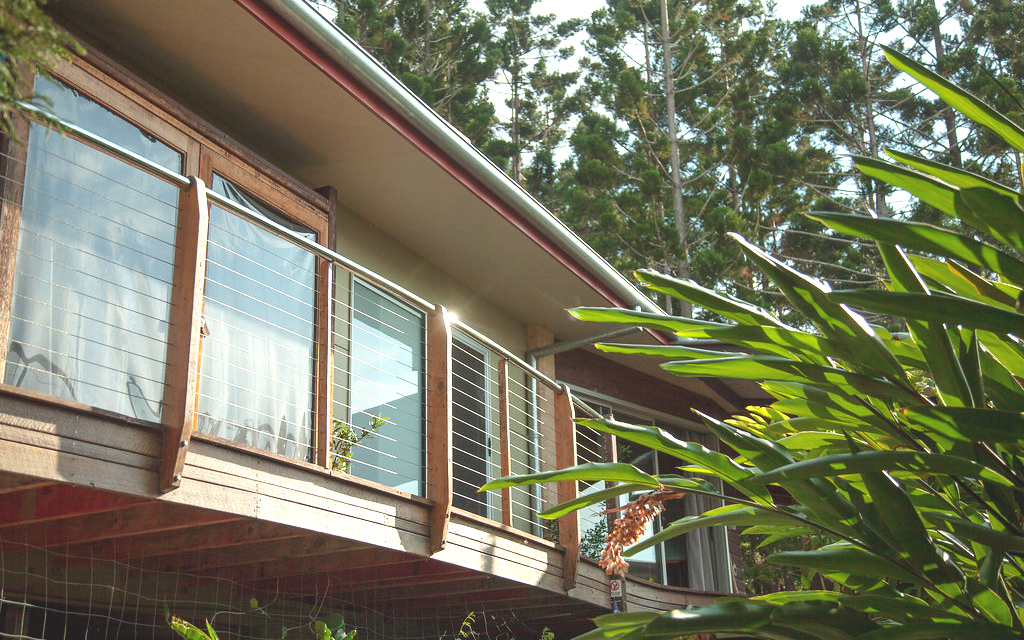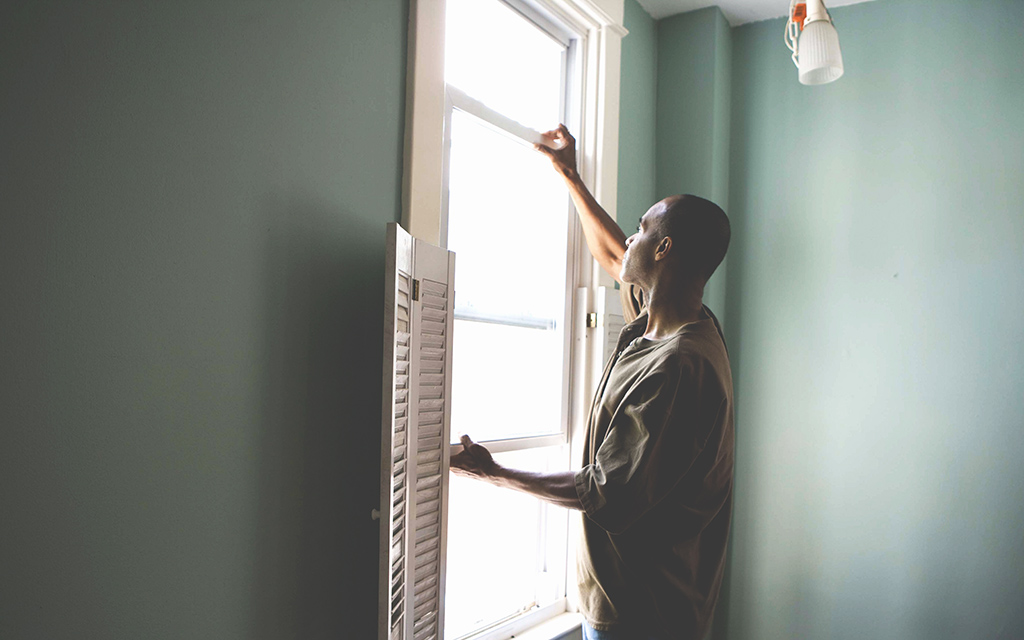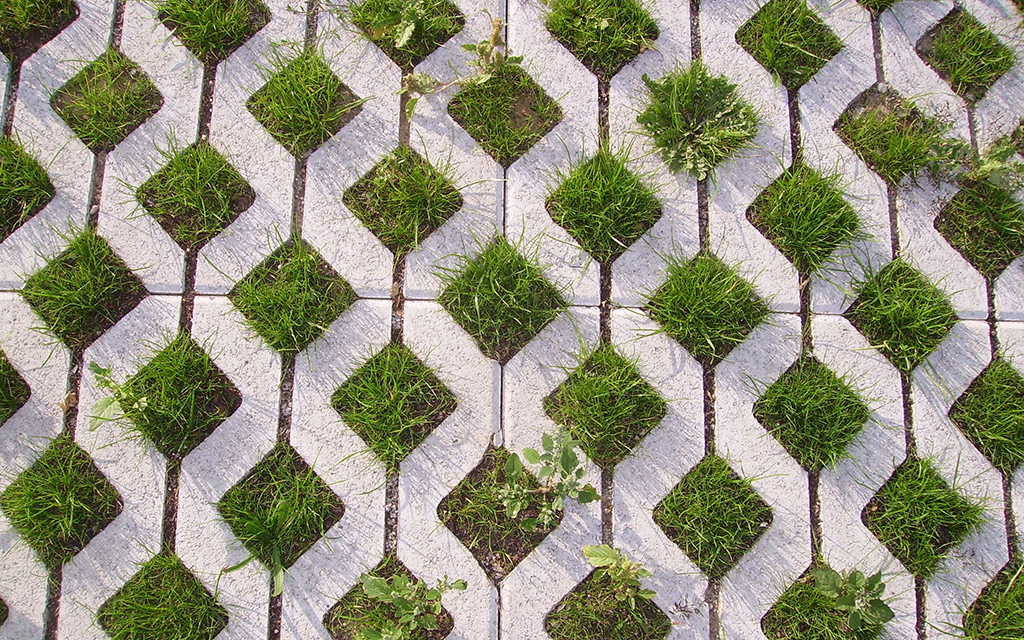Where homeowners used to fancy imported countertops, high-pressure showerheads, and powerful irrigation systems, now we’re finding more and more homeowners are becoming eco-conscience, which is great! Not only does this help you save money on utility bills, but it also helps the environment!

6 Steps To A More Sustainable Home
Wondering how you can help your home become more sustainable? We’ve got six steps to get you started.
1. Embodied Energy
What’s that?? – Basically it’s all of the materials needed to build or renovate a home, including the building materials, the manufacturing and transportation of those materials, the tools and energy put into the construction process, and so forth. Whether you’re building a new home entirely, or just doing a simple remodel of the kitchen, we should ask our contractor if it’s possible to use local materials from local suppliers, and also be mindful of the amount of equipment and effort it will take to complete the project.

2. Insulation
There’s probably no surprise that this made the list! For Florida homes, insulation is important to help keep that cool air circulating inside your home that your air conditioning is working so hard to generate. An energy efficiency survey can help determine if your window and door seals are letting too much cool air escape. The insulation and overall condition of your roof can also play a major factor in your home’s energy efficiency.
3. Solar panels
This wouldn’t be a sustainability article without the mention of solar panels, would it? While we know they can be costly, the money saved on energy bills, taxes and other “green benefits” can help cover the cost. Even if you only install enough solar panels to heat your pool and spa, that energy savings can be significant.
4. Landscaping
Most newer, high-tech irrigation systems have a focus on water consumption. Besides controlling your sprinklers from your smartphone, we can look for other ways to make our yards more sustainable. Planting native plants, using permeable pavers (instead of full concrete slabs), and recycling rainwater, for instance, are ways to help reduce water consumption in our yards.

5. Lights
This one is easy. Change all of the light bulbs in your home to Energy Star-rated products, and bam! you’ve taken the first step to sustainability. The U.S. Dept of Energy reminds us that LED Energy Star–rated products use at least 75% less energy and last 25x longer than old school incandescent lighting. And remember natural light is free! So open those blinds and let the lamps rest while it’s still daylight.
